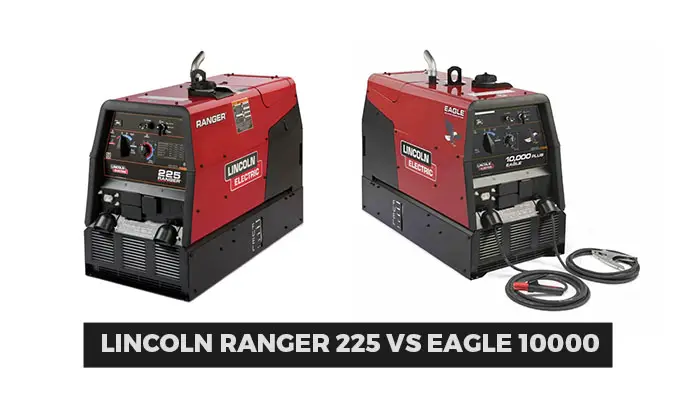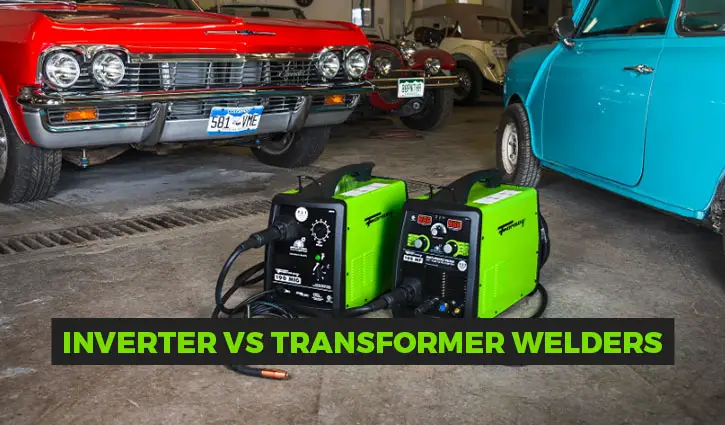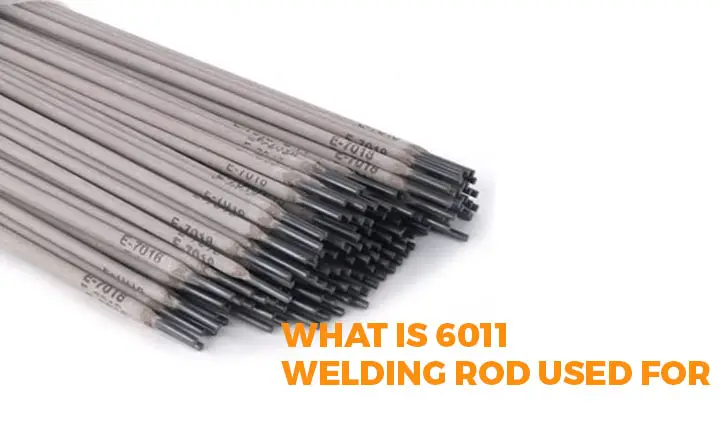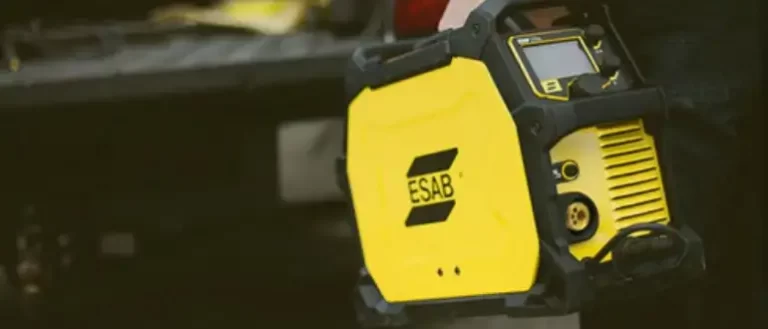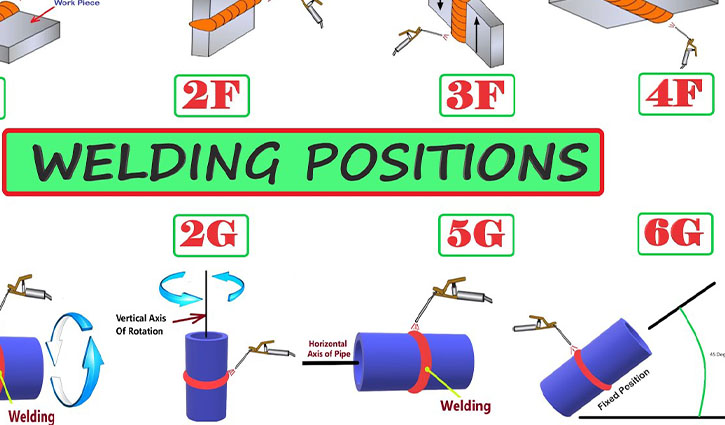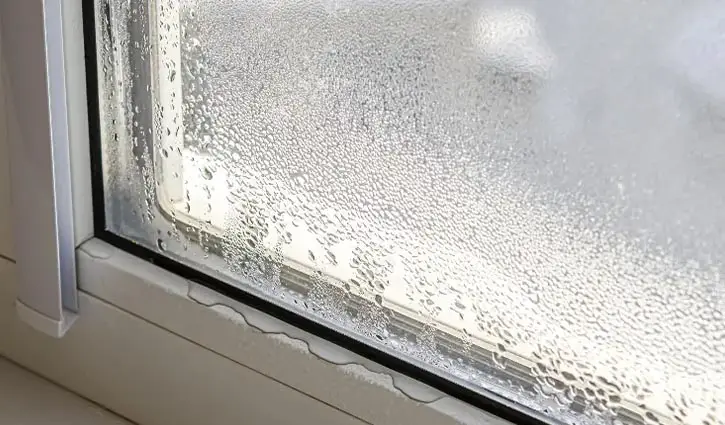Can I Use Straight CO2 For MIG Welding: The Fact Behind
You can use straight CO2 for MIG welding. But, if you are new to MIG welding, you might need some convincing. Also, you may not have sufficient knowledge regarding MIG welding with straight carbon dioxide.
The full form of MIG welding is Metal Inert Gas welding. To complete this welding, you need some specific gases along with the metal wire.
Let us discuss our statement regarding the usage of straight CO2 for MIG welding in detail.
Table of Contents
Can I use CO2 instead of argon?
Carbon dioxide is a very popular choice among welders for MIG welding. Although not as good as inert gases like argon, it can provide sufficient shielding while welding.
However, as it is not purely an inert gas, carbon dioxide produces big splatters with considerable amounts of smoke and fume. So, necessary precautions must be taken. Also, carbon dioxide gas can increase the chances of oxidization.
This can lead to an increase in the weld porosity. On the contrary, carbon dioxide is cheap and can produce deep penetrations. Hence, many welders use carbon dioxide instead of argon while MIG welding.
What is the best gas to use with a MIG welder?
Welders would find it enjoyable to be able to use pure inert gases like argon and helium for MIG welding. These gases produce a minimum amount of splatter while acting as a good shielding gas in the welding process.
However, these gases cost a lot of money. So, welders use a mixture of gases as a cost-effective measure. The most popular mixture is the argon and carbon gas mixture. This is a mixture used in a 75:25 ratio. However, you can increase the ratio of argon for a smoother finish.
Do you need shielding gas for MIG?
Typically, you must use a shielding gas for MIG welding. As the name suggests, you have to use an inert gas or a mixture of inert gases with some other gases.
However, there is an exception. You can use a self-shielding flux core wire for MIG welding. This wire converts into gas as the welding wire melt along the process. You do not need a gas cylinder in this case. But, this is an expensive process.
What is the best gas for MIG welding mild steel?
For welding mild steel with the MIG welding process, the best gas is the C25 gas. It is a mixture of Argon and Carbon dioxide in a 75:25 ratio. Using this gas is economical. Moreover, this gas produces minimal splatter which is pretty easy to clean. Also, the weld bead is smoother compared to other welding jobs. In addition to that, this gas mixture makes the cost lower.
Can you MIG weld with just argon?
Yes, just using argon will give you excellent results. However, argon is not cheap. Also, using argon has some caveats. You can only get shallow penetration from this MIG welding. But on the plus side, the weld beads will be extremely smooth and there will be very little splatter.
Is argon or CO2 better for MIG welding?
Using either argon or carbon will not provide the best result. However, if we strictly compare these two, argon is arguably better in most aspects. Not only does it create a very low amount of splatter but also provides a smooth bead. However, using carbon will give you the freedom of deep penetration while welding compared to argon.
Can you use a CO2 tank for welding?
For MIG welding, gas tanks are essential. You need to use a CO2 tank for welding. Normally, a 20lb CO2 tank will be enough for your welding job. However, you will also need a regulator to control the amount of CO2 for welding.
Which is better for welding Helium or CO2?
As Helium is an inert gas, it will give a better result than CO2. Helium reduces the chance of oxidization by a large margin, which in turn reduces the porosity of the weld. Also, it creates very little splatter as well as gives a smooth weld bead. However, Helium is way more expensive than CO2. Moreover, it has to be controlled with extreme caution as while welding, helium produces a lot of heat.
So, if you have no problems regarding budget, you can use helium. But, CO2 is the cheaper option.
Can I use CO2 to MIG weld stainless steel?
You can use CO2 to MIG weld stainless steel. It is capable of deep penetration. Moreover, it is quite affordable compared to various inert gases. However, it has to be used with caution.
CO2 creates smoke and that can pose a threat to health if proper safety measures are not taken. Also, CO2 produces a lot of splatters, which has to be removed after welding. But to get the best result, you may use inert gases with CO2 to make a mixture.
Is CO2 welding the same as MIG welding?
There is no significant difference between CO2 welding and MIG welding. You can use various gases for MIG welding, mainly inert gases. However, you can also use mixtures of inert gases with other gases for MIG welding. Welders most commonly use a mixture of Argon and carbon dioxide for MIG welding.
Can you use food-grade CO2 for welding?
Food-grade CO2 is purer than commercial-grade CO2. But, for welding purposes, there is no need to use CO2 of high purity. Moreover, the cost of food-grade CO2 is much higher than that of commercial-grade CO2. Hence, you can get by using commercial-grade CO2, although it is possible to weld with food-grade CO2.
Can you MIG weld with straight oxygen?
Using only oxygen for MIG welding may create some problems. As Oxygen is a non-inert gas, it makes enormous amounts of splatter while welding. Moreover, if not used in a sufficient amount, it can oxidize the metal. Also, there’s a chance of breathing 100% pure oxygen, which can be detrimental to health.
However, oxygen can increase the depth of penetration while welding. So, it is used in MIG welding in a small percentage with other inert gases.
Read More: Flux Core Welding Vs MIG Welding: What Is The Difference?
Verdict
In this article, we have discussed everything there is to know about using straight CO2 for MIG welding.
If this is your first welding job, take proper safety measures before welding. You can also hire a professional if you want.
We hope that this article was helpful to you.

